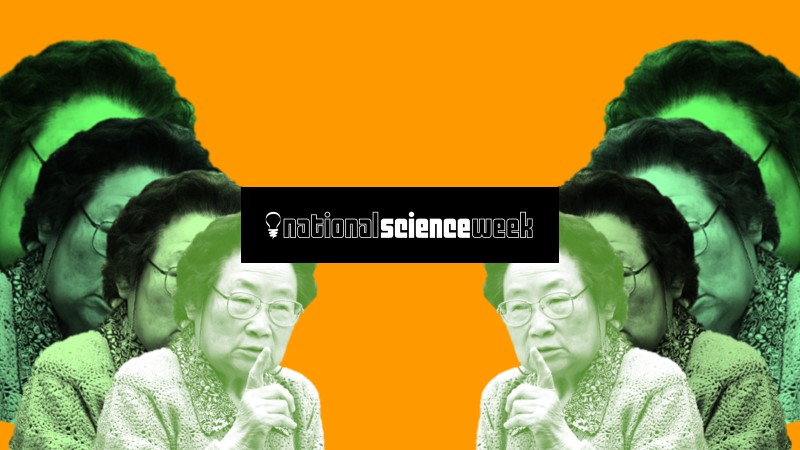Women of science are my champions. Besides the fact that they’re doing all the hard work that being a scientist entails, often they face the added challenge of overcoming sexism – and for women of colour, xenophobia. History has seen dedicated, intelligent women make groundbreaking discoveries only to see their male counterparts receive recognition that should have been theirs. On top of that, women who have been fairly awarded for their work are still made to defend their worthiness – a situation rarely seen when men claim their titles. Despite recurring patterns of bias, women have not shied away from the pursuit of deeper knowledge, and the results of their grit and perseverance are indisputably astounding.
What better way to kick off National Science Week 2018 than with a tribute to just three of the many inspirational women of science?
Henrietta Leavitt
Henrietta Leavitt was an American astronomer who started off as a volunteer at Harvard Observatory. She collected data by cataloging stars before getting permanent work on Edward C Pickering’s project in measuring the brightness of stars. Leavitt became head of the photographic stellar photometry department and in this position, she developed novel methods that allowed analysis of stars up to the twenty-first magnitude of brightness. Her North Polar Sequence was incorporated into an international project – the Astrographic Map of the Sky – in 1913. In her lifetime, Leavitt had confirmed the magnitudes of stars in 108 areas of the sky, and discovered 2400 variable stars and 4 novas. Her greatest discovery was that the brightness of the Cepheid variable class exhibited a highly regular period of cyclic fluctuation, which led her to developing the period-lumosity relationship. This relationship would form the basis of Edward Hubble’s calculations of distances between the earth and many galaxies. Leavitt’s observatory director refused her request for acknowledgement, and by the time mathematician Gosta Mittag-Leffler identified her as a possible candidate for the Nobel Prize in 1926, she had passed away, unable to see Harlow Shapley, the new observatory director, claim that his interpretation of her findings made him worthy of the credit.
Tu You You
Tu You You was awarded the Nobel Prize for Medicine in 2015 for her efforts in the creation of artemisinin, an antimalarial drug which was developed using knowledge of traditional Chinese medicine. Being the leader of the research team, she tested the drug on herself. Following the award, it was debated as to whether Tu indeed deserved it. It was argued that artemisinin was the product of a group effort, rather than of an individual. The fact that she had not been accepted into the Chinese Academy of Sciences was raised (although she had previously applied, she was rejected due to her lack of a formal doctoral degree and overseas training). In an interview with the New York Times, she acknowledged the contribution of her team while nobly defending her merit as Prize recipient. Tu revealed a humility and steadfastness of character in her response to critics, saying “I don’t care that much. I just know that I did all those experiments. The records are public and anyone can check them. The important thing is to respect facts.”
Mae Jemison
Being the first African-American woman in space is far from the top of the list of Mae Jemison’s achievements. The physician, engineer and astronaut earned nine honorary doctorates from the time she enrolled at Stanford at sixteen years of age. Jemison’s time as an undergraduate student of engineering introduced her to the challenges she would inevitably have to face as a young black American female in her field. She recalled in her 2008 interview with the Des Moines Register “some professors would just pretend I wasn’t there. I would ask a question and a professor would act as if it was just so dumb, the dumbest question he had ever heard. Then, when a white guy would ask the same question, the professor would say, ‘That’s a very astute observation.’” Jemison continued studying engineering while working as a doctor in Los Angeles before being accepted into NASA’s astronaut training program. In her Makers interview she said “at the time of the Apollo airing… I remember being irritated that there were no women astronauts. People tried to explain that to me, and I did not buy it.” After completing her training, she founded a company for the research and development of technology called the Jemison Group. She has been a professor at Dartmouth and Cornell universities and in 2012, won the DARPA 100 Year Starship grant to further the development of spacecraft for interstellar travel.
Caitlin Owyong | @neester_

